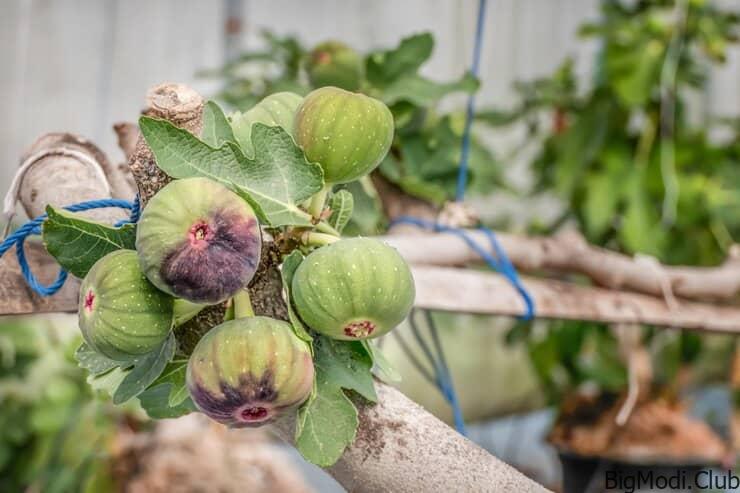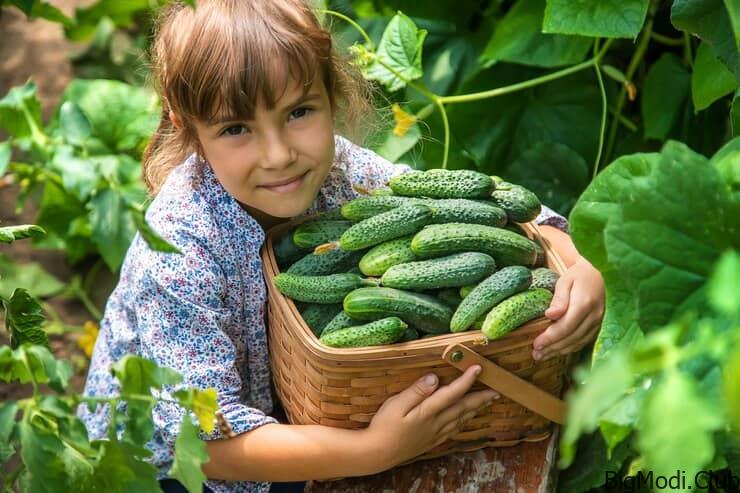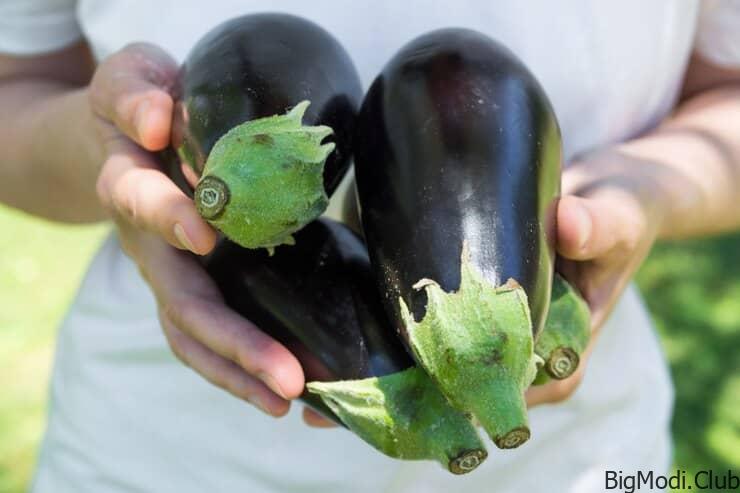Celery is not only a staple in many kitchens but also a nutritious addition to your garden. Growing celery quickly without the need for constant watering is possible with the right techniques. This guide provides detailed steps and insights to help you cultivate delicious and nutrient-rich celery for your family.
Understanding Celery’s Growth Requirements
Celery (Apium graveolens) thrives in cool, moist conditions. However, with innovative gardening techniques, it is possible to grow celery efficiently without frequent watering. This method not only saves water but also ensures a sustainable gardening practice.
Choosing the Right Celery Variety
Selecting the appropriate celery variety is crucial. There are two main types: Pascal celery and Chinese celery. For our purposes, Pascal celery is ideal due to its crisp texture and mild flavor. Look for drought-resistant varieties that are specifically bred for low-water conditions.
Preparing the Soil for Celery
Soil Composition and Preparation
Celery prefers rich, well-drained soil with a pH between 6.0 and 7.0. To achieve this, incorporate organic matter such as compost or well-rotted manure into the soil. This not only enriches the soil but also improves its water-retention capacity.
Mulching Techniques
Applying a thick layer of mulch around the celery plants helps retain soil moisture and reduce the need for frequent watering. Use organic mulch such as straw, wood chips, or shredded leaves. Mulching also helps suppress weeds, which compete for moisture and nutrients.
Optimal Planting Techniques
Starting Celery from Seeds
Begin by soaking celery seeds overnight to improve germination. Sow the seeds indoors about 10-12 weeks before the last frost date. Celery seeds require light to germinate, so do not cover them deeply with soil. Maintain a temperature of 70-75°F (21-24°C) until germination occurs.
Transplanting Seedlings
Once the seedlings have grown to about 2 inches tall, harden them off by gradually exposing them to outdoor conditions. Transplant the seedlings to the garden when they are 4-6 inches tall, spacing them 8-10 inches apart. Ensure the soil is well-prepared and enriched with compost.
Efficient Watering Practices
Water Retention Strategies
Even though we aim to reduce watering, initial watering is crucial. After transplanting, water the celery thoroughly to help establish the roots. Thereafter, focus on water retention strategies:
- Mulch Application: As previously mentioned, apply mulch to retain soil moisture.
- Soil Amendments: Incorporate water-retentive materials such as vermiculite or hydrogel crystals into the soil.
- Shade Management: Provide partial shade to reduce evaporation, especially during peak sunlight hours.
Irrigation Alternatives
Consider using drip irrigation systems or soaker hoses which deliver water directly to the root zone, minimizing water wastage. Setting up an automatic timer can further reduce the need for manual watering.
Nutrient Management for Healthy Growth
Fertilization Schedule
Celery is a heavy feeder and requires regular fertilization. Use a balanced fertilizer (such as 10-10-10) every three to four weeks. Additionally, foliar feeding with a liquid seaweed solution can provide essential micronutrients and boost growth.
Compost and Organic Fertilizers
Incorporate well-aged compost or organic fertilizers like fish emulsion or blood meal. These not only supply nutrients but also improve soil structure and microbial activity, enhancing overall plant health.
Pest and Disease Management
Common Pests
Celery can be affected by pests such as aphids, slugs, and celery leaf miners. Implement integrated pest management (IPM) strategies to control these pests:
- Introduce beneficial insects like ladybugs and lacewings to prey on aphids.
- Use organic slug baits or handpick slugs during early morning or late evening.
- Apply floating row covers to protect against celery leaf miners.
Disease Prevention
Celery is susceptible to diseases like early blight and powdery mildew. Prevent these by ensuring good air circulation, avoiding overhead watering, and applying organic fungicides like neem oil or copper-based sprays.
Harvesting and Storage
When to Harvest
Celery is ready for harvest when the stalks are about 8 inches tall and the plant has a vibrant green color. Typically, this is about 85-120 days after transplanting, depending on the variety.
Harvesting Techniques
To harvest, cut the stalks at the base, close to the soil. Alternatively, you can harvest individual stalks as needed, allowing the plant to continue growing.
Storage Tips
Store harvested celery in the refrigerator. To extend freshness, wrap the celery in aluminum foil and place it in the crisper drawer. Properly stored, celery can last up to two weeks.



